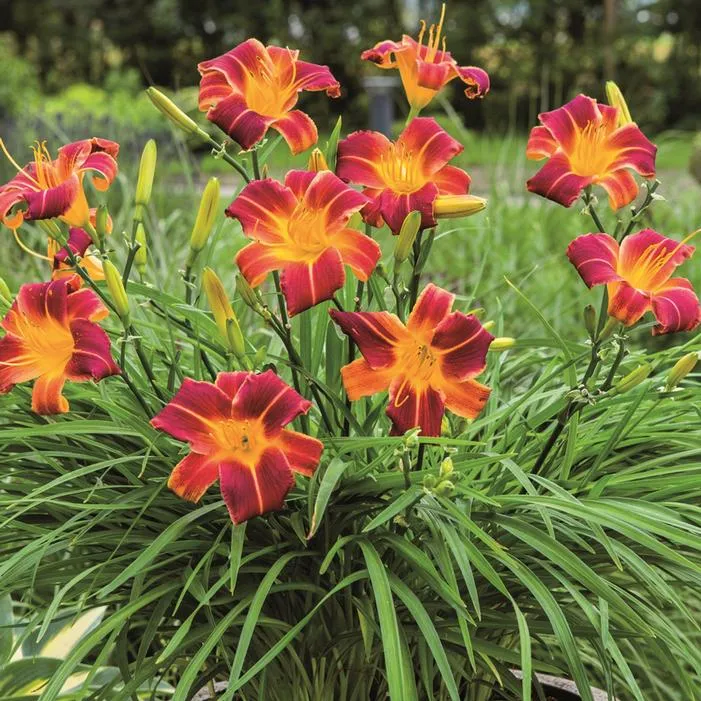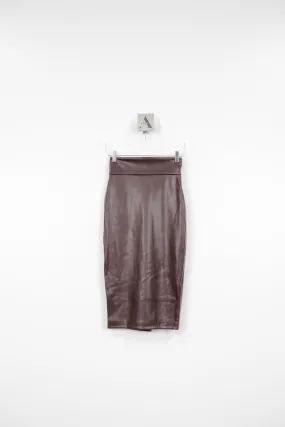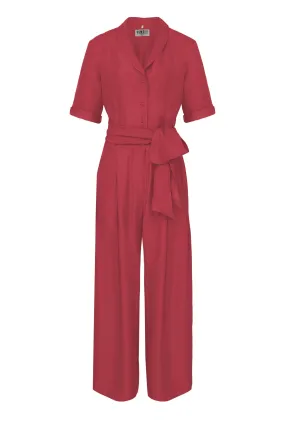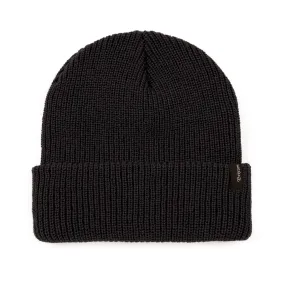"EveryDaylily Red Ribs" is characterized by its striking red blooms with rib-like patterns that add texture and visual interest to the petals. The flowers typically have a trumpet or funnel-like shape with six petals arranged in two layers. The inner three petals are smaller and curve slightly, while the outer three petals are larger and form a more pronounced display. The red coloration of the petals can vary from a deep scarlet to a bright crimson, adding a bold splash of color to garden beds or borders.
- Size: Daylilies, including the "EveryDaylily Red Ribs," typically grow to a height ranging from 1 to 3 feet and spread about 1 to 2 feet. The individual flowers can be around 3 to 6 inches in diameter.
- Location: Choose a sunny to partially shaded location for planting. Daylilies thrive in full sun but can tolerate some shade.
- Soil: Well-draining soil is essential for daylilies. Amend the soil with organic matter to improve drainage and fertility.
- Planting: Plant daylilies in spring or fall. Dig a hole that's large enough to accommodate the root system without bending or crowding. Place the plant in the hole, ensuring the crown (where the leaves emerge) is at or slightly above soil level.
- Watering: Water newly planted daylilies regularly to help establish their roots. Once established, they are relatively drought-tolerant but benefit from consistent moisture, especially during flowering.
- Fertilizing: Apply a balanced, slow-release fertilizer in spring and again in midsummer to promote healthy growth and flowering. Follow the manufacturer's recommendations for application rates.
- Mulching: Apply a layer of mulch around the base of the plants to help retain moisture, suppress weeds, and maintain more consistent soil temperatures.
- Deadheading: Remove spent flowers by cutting the stem just above the foliage. This encourages continued blooming and prevents the plant from expending energy on seed production.















